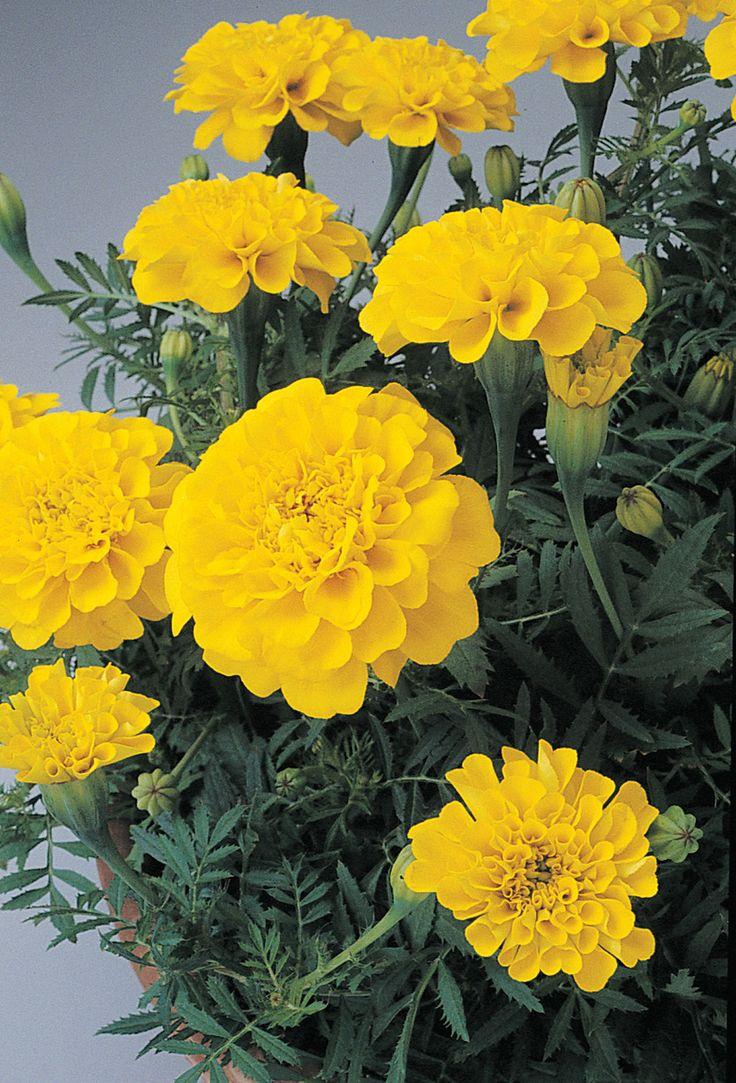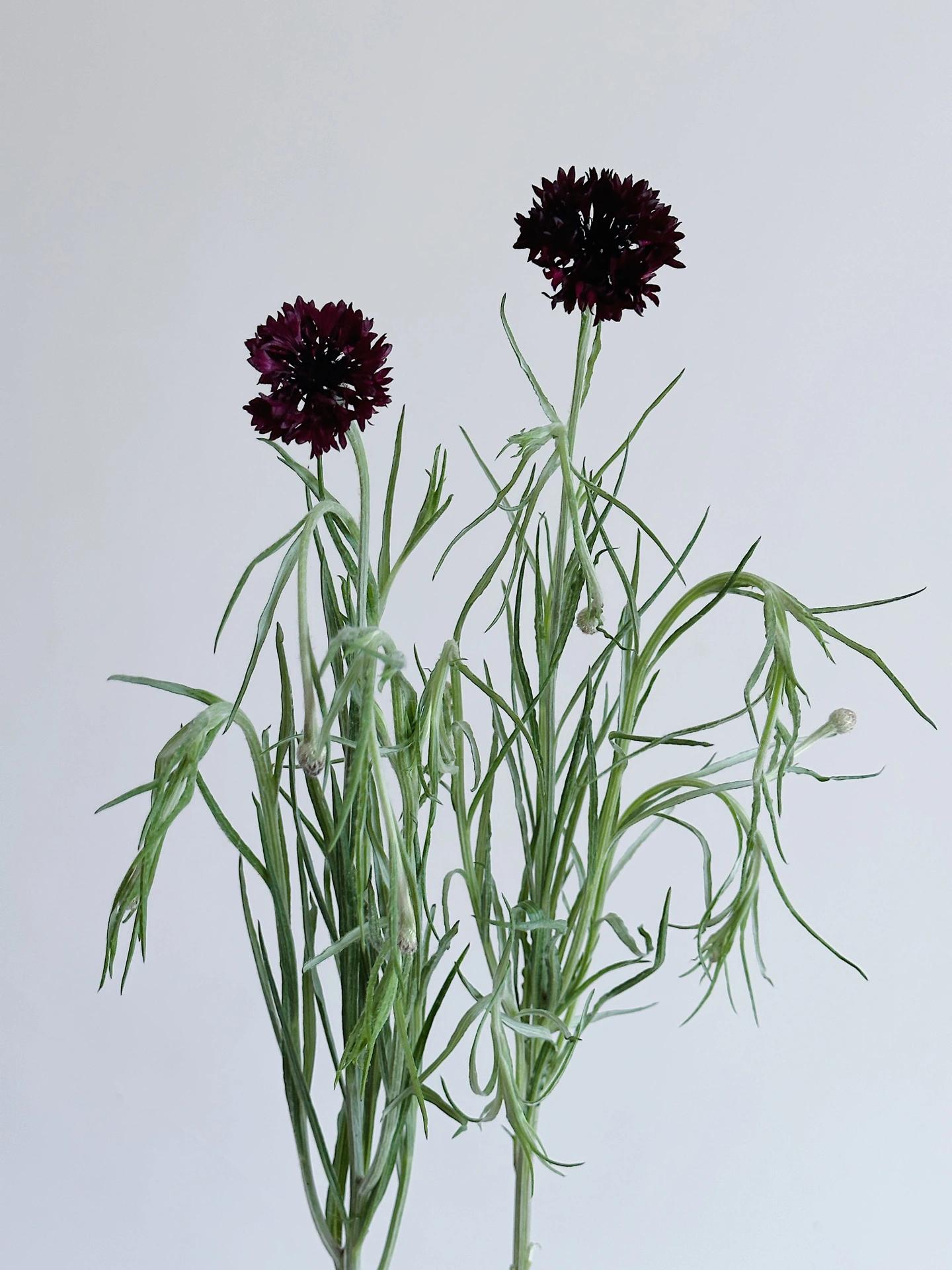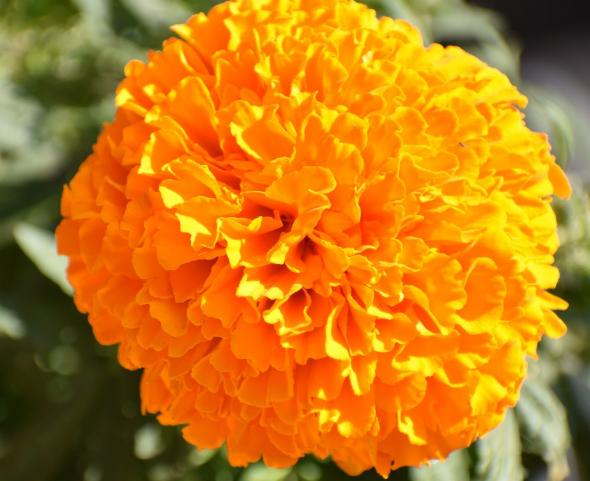Begoniaceae is a family of flowering plants with an interesting story. The family was named after Michel Bégon, a prominent French official and avid naturalist who was sent to govern the colony of Saint-Domingue (now Haiti) in the late 17th century. During his time there, he collected many plants, including a beautiful begonia that he named after himself. Today, Begoniaceae consists of over 1,800 species and is found in tropical and subtropical regions around the world. Its colorful flowers and unique foliage make it a popular choice for gardens and indoor plant collections.
Picture
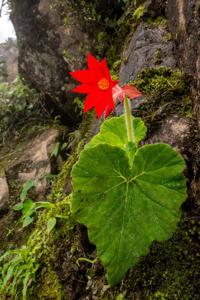
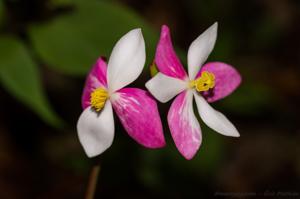
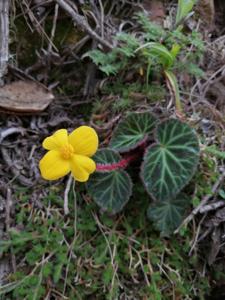
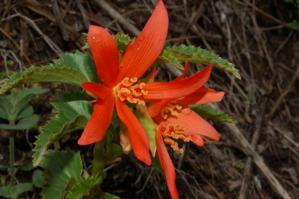
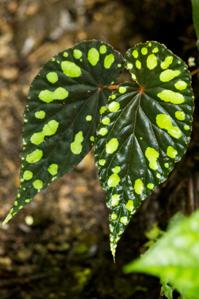
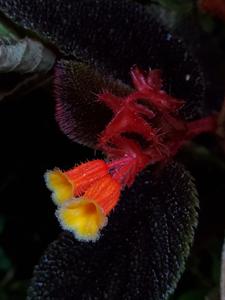
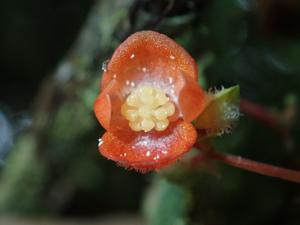
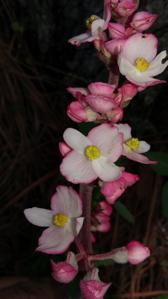
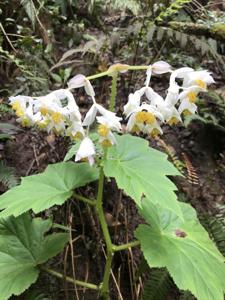
Plant some seeds now!
Short Description
Begoniaceae is a family of flowering plants with two genera and about 2040 species occurring in the subtropics and tropics of both the New World and Old World. All but one of the species are in the genus Begonia. There have been many recent discoveries of species in the genus Begonia, such as Begonia truncatifolia which is endemic to San Vincente, Palawan. B. truncatifolia is smaller in size than other species of the genus Begonia and this new species is proposed Critically Endangered by standards set by the IUCN. The only other genus in the family, Hillebrandia, is endemic to the Hawaiian Islands and has a single species. Phylogenetic work supports Hillebrandia as the sister taxon to the rest of the family. The genus Symbegonia was reduced to a section of Begonia in 2003, as molecular phylogenies had shown it to be derived from within that genus. Members of the genus Begonia are well-known and popular houseplants.
Begonia flowers
Begonia leaves are very varied in shape and varigation.
The plants of many species of Begonia are covered with fine hairs.
The back of the leaves is one of the key points to appreciate Begonia.
The back of the leaves is one of the key points to appreciate Begonia.
Begonia pseudolubbersii

